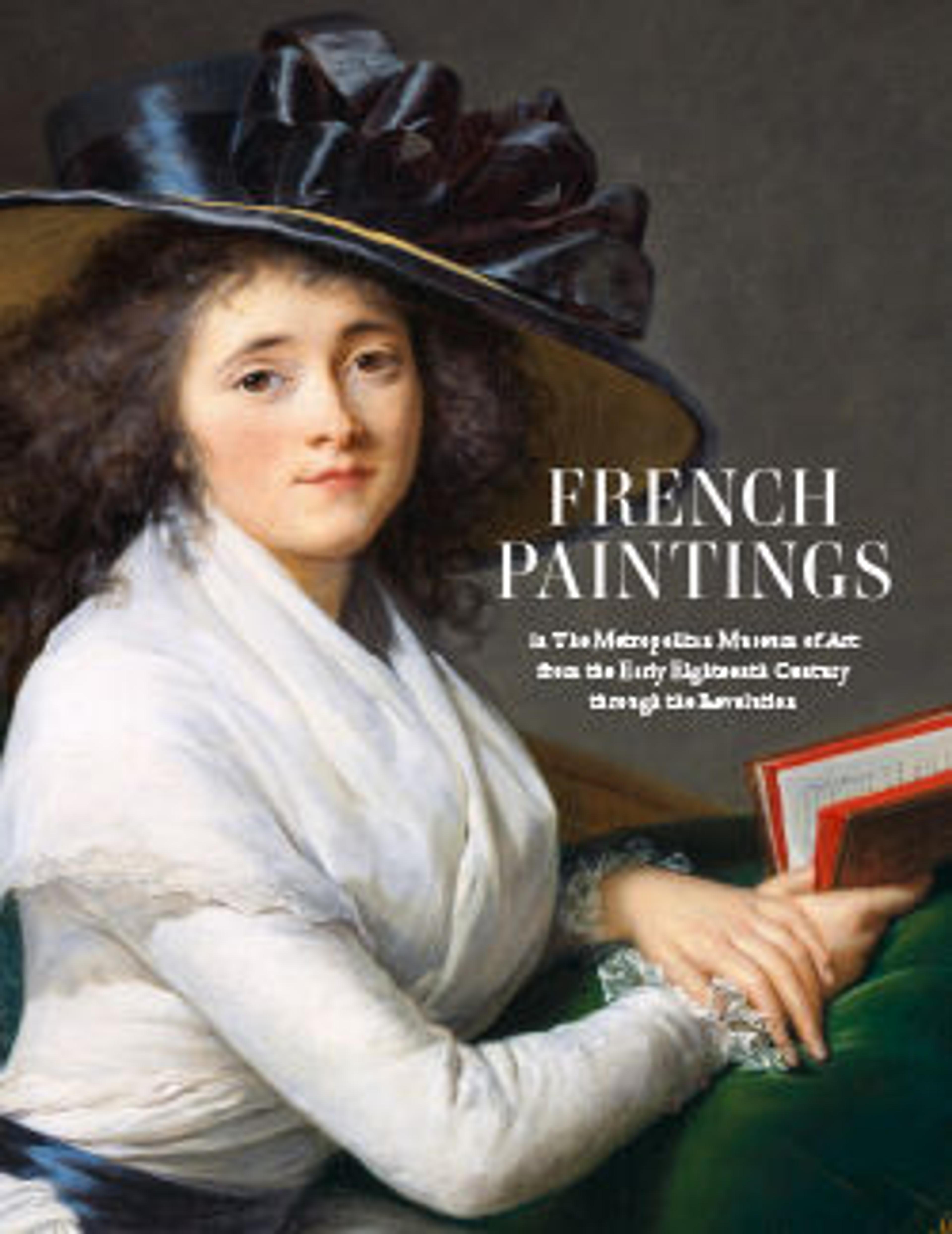Nymph and Putti; Nymph with a Wreath and Putti with Garlands of Flowers
Sauvage’s name was synonymous with trompe l’oeil (fool the eye) paintings that imitated the low relief carvings in ancient sculpture that became hugely popular during the late eighteenth century. In these unusual examples, Sauvage used a thick slate support to which he added oil paint in imitation of wax, a flexible medium often used by sculptors who were working out a composition before they began carving in unforgiving stone. The result is a brilliant play on artistic process and the differences between painting and sculpture, a recurrent comparison in the Western tradition. The reverse sides of these slate slabs are carved with the name of a cabinetmaker, indicating that Sauvage repurposed his supports from another craftsman’s shop sign.
Artwork Details
- Title: Nymph and Putti; Nymph with a Wreath and Putti with Garlands of Flowers
- Artist: Piat Joseph Sauvage (Flemish, Tournai 1744–1818 Tournai)
- Medium: Oil on slate
- Dimensions: (a) 9 1/2 x 23 1/4 in. (24.1 x 59.1 cm); (b) 9 5/8 x 23 3/4 in. (24.4 x 60.3 cm)
- Classification: Paintings
- Credit Line: Gift of J. Pierpont Morgan, 1906
- Object Number: 07.225.306ab
- Curatorial Department: European Paintings
More Artwork
Research Resources
The Met provides unparalleled resources for research and welcomes an international community of students and scholars. The Met's Open Access API is where creators and researchers can connect to the The Met collection. Open Access data and public domain images are available for unrestricted commercial and noncommercial use without permission or fee.
To request images under copyright and other restrictions, please use this Image Request form.
Feedback
We continue to research and examine historical and cultural context for objects in The Met collection. If you have comments or questions about this object record, please contact us using the form below. The Museum looks forward to receiving your comments.
